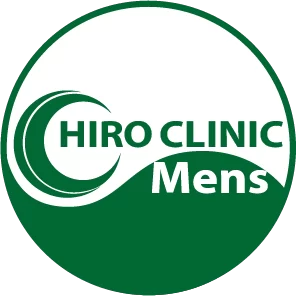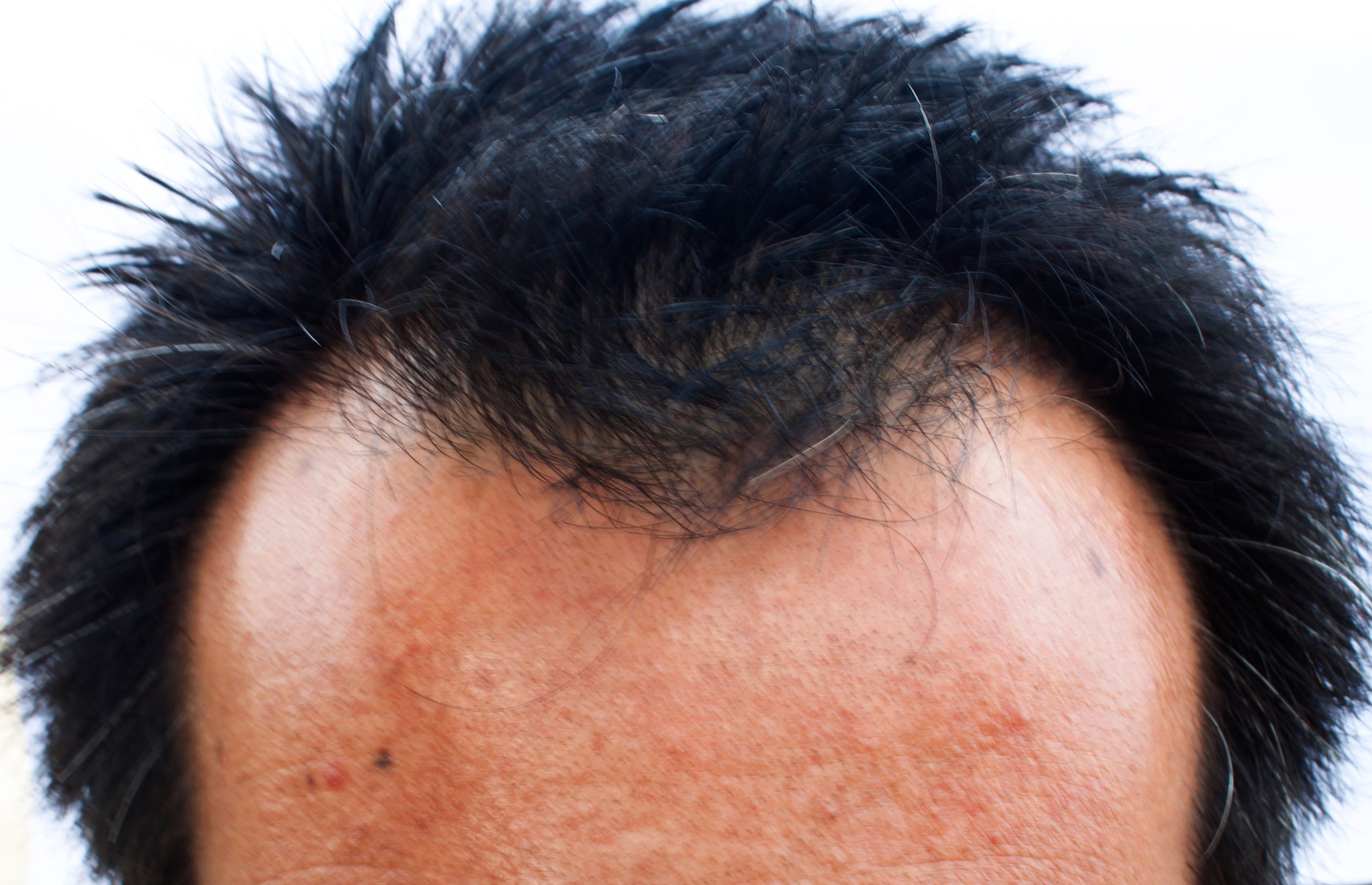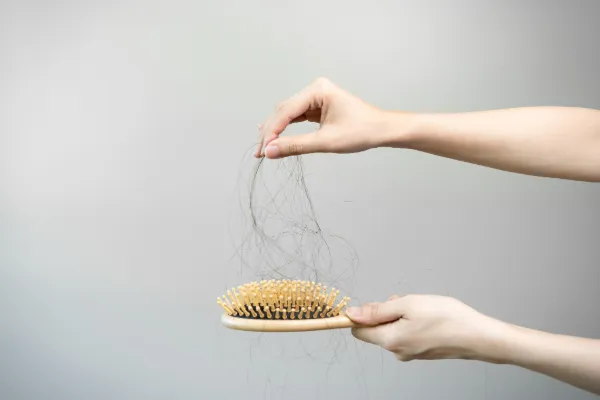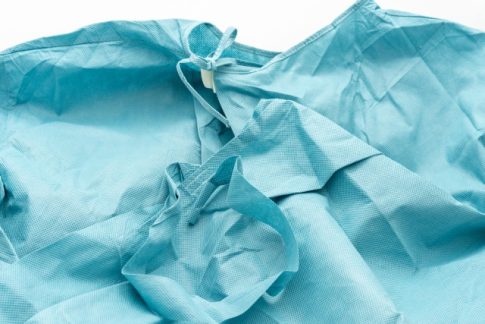この記事の概要
Hair transplant surgery is an effective treatment for many people suffering from thinning or balding hair. A thorough understanding of the entire process from preparation to recovery and proper care is critical to the success of the surgery. This article details the entire hair transplant surgery process.
Initial counseling
The first step in hair transplant surgery is an initial consultation with a specialist. The doctor will assess the patient’s hair loss condition and recommend the most suitable treatment. During counseling, we listen to the patient’s wishes and expectations, set realistic goals based on these, and develop a treatment plan.
Preliminary inspection
Tests such as blood tests and electrocardiograms will be conducted to check your overall health before surgery.
We then check the condition of the donor site and the transplant site and formulate an appropriate transplant plan.
Preparation before surgery
It may be recommended that you take certain medications before surgery. This includes antibiotics and anti-inflammatory drugs. Before surgery, we will take care of your scalp to keep it clean and reduce the risk of infection.
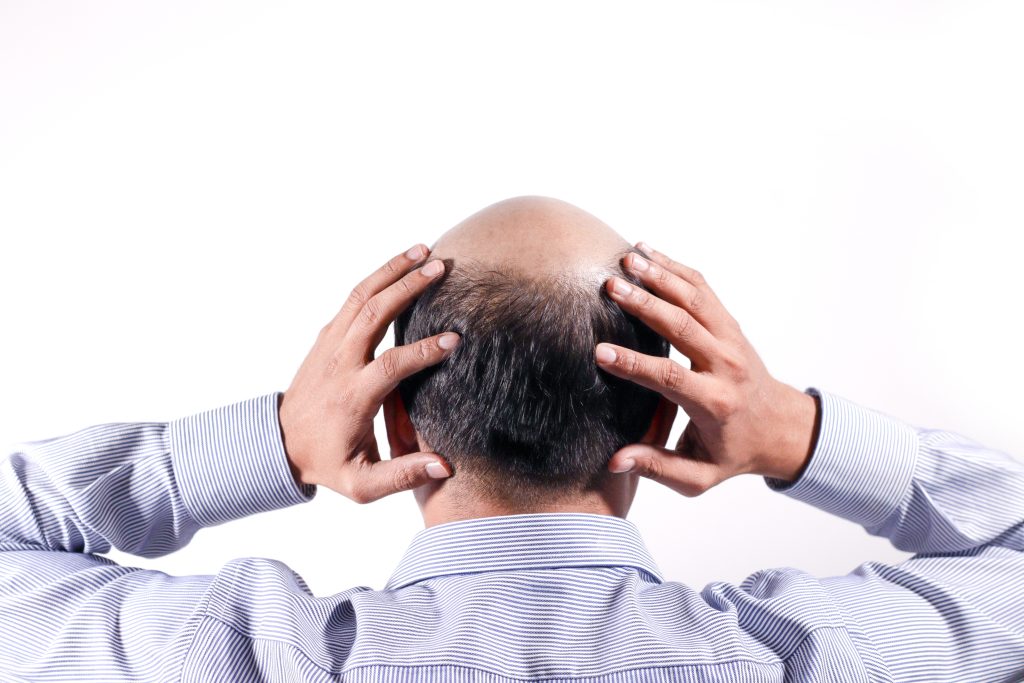
2. The day of surgery
Procedure of surgery
Reception and preparation
Reception: After arriving at the clinic, please complete the procedures at the reception.
Preparation room: Before surgery, you will change into surgical gowns in a dedicated preparation room.
Surgery details
Local anesthesia: The surgery is performed under local anesthesia, so you will hardly feel any pain during the procedure.
Harvesting the donor site: Healthy hair follicles are harvested from the back or sides of the head. Collection methods vary depending on the technique, such as the FUT method or FUE method.
Hair follicle preparation: The harvested hair follicles are prepared for transplantation. Separate the hair follicles and trim them to the appropriate size.
Transplantation: Prepared hair follicles are carefully implanted one by one at the transplant site. The direction and angle of the transplant are carefully adjusted to mimic natural growth.
Post-surgery care
Applying a bandage: After surgery, a bandage will be applied to protect the transplant and donor site.
Rest: After the surgery, you will rest for a while and be observed until the anesthesia wears off completely.
3. Recovery period
Initial recovery (1-2 weeks)
scalp care
How to wash your hair: Avoid washing your hair for a few days after surgery, then gently wash your hair as directed by your doctor. Usually just a quick rinse with warm water is all you need.
Antibiotics and painkillers: Antibiotics are prescribed to prevent infection, and painkillers are used to relieve pain and discomfort.
Return to daily life
Light activity: You will need to rest for 2-3 days after surgery, but you can return to light activity after that. Avoid strenuous exercise or movements that involve shaking your head.
Protect your scalp: Avoid direct sunlight when going out and protect your scalp by wearing a hat.
Medium-term recovery (1-3 months)
hair growth
Shock loss: You may experience temporary hair loss 2-3 weeks after transplantation, this is a normal reaction. New hair will grow after a few months.
Scalp recovery: The scalp at the transplant and donor sites will recover and new hair growth will begin.
follow up
Regular check-ups: Follow up with your doctor to check your progress. Receive additional care and advice as needed.
Long-term recovery (6-12 months)
Check final results
Hair Growth: The transplanted hair will fully grow and the final results will be visible 6 to 12 months after surgery.
Achieving a natural look: Transplanted hair grows like the surrounding hair to achieve a natural look.
4. Continuing care
long term scalp care
Wash your hair regularly: Continue to wash your hair regularly to keep your scalp clean. Use a suitable shampoo and wash gently.
Moisturize your scalp: Moisturize your scalp to maintain its health. Use a suitable moisturizer to prevent your scalp from drying out.
healthy lifestyle habits
Nutritionally balanced diet: Make sure your diet is rich in vitamins and minerals to promote hair growth.
Get enough sleep: Getting enough sleep helps maintain your overall health and supports hair growth.
Stress management: Reducing stress helps maintain hormonal balance and hair health.
In conclusion
Hair transplant surgery is an effective treatment for many people suffering from hair loss or baldness. For a successful surgery, it is important to fully understand the entire process from preparation to recovery and provide appropriate care. By following each step closely, from the initial consultation, pre-examination, procedure on the day of surgery, and care during the recovery period, you can regain your natural appearance and regain your confidence. By choosing a reliable clinic and an experienced doctor and creating an appropriate treatment plan, you will be able to achieve satisfactory results.
Hiro Clinic Hair Transplant
At Hiro Clinic, we recommend Natural Pro FUE treatment, which treats hairless areas where oral treatment or injection therapy is not effective, and leaves almost no visible scars. By harvesting hair roots from the back of the head and shaving the area, post-surgery management is easier, and only the required number is transplanted with a natural-looking finish. It can be performed as a same-day surgery using local anesthesia, provides gradual hair growth at an affordable price, and can be safely performed in Japan.
